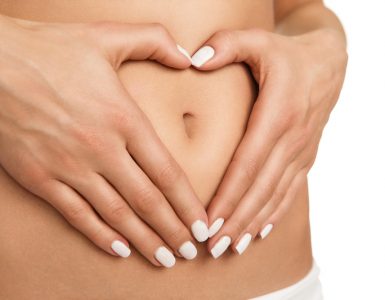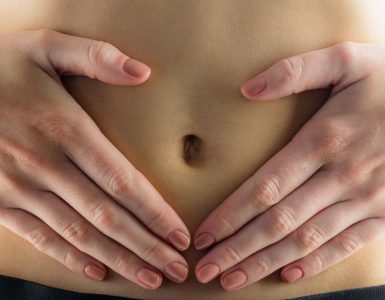(melissa officinalis)
Botanical family: Lamiaceae
Parts used: Leaves
Main active constituents: Flavonoids, polyphenols, volatile oils
Actions: Anti-depressant, anti-spasmodic, antiviral, relaxant
Good for: Anxiety, an attack of the nerves, digestion problems, cold sores, sleep disorders
Available forms: Tea, tincture, capsule, essential oil.
Native to the Eastern Mediterranean, lemon balm is a perennial herb which now grows wild all over Europe. A member of the mint family, it grows up to 70cm high and in the spring and summer clusters of small, light yellow flowers appear where the leaves meet the stem. Rubbing your fingers on the leaves releases a lovely lemony smell.
History of Lemon Balm
Lemon balm has been used for thousands of years as a feel-good mood lifter. It is often mentioned in the Greek and Latin classics and the ancients commonly steeped lemon balm leaves in wine to help bring fevers down and to lift the spirits. It has also been used traditionally in liqueurs such as Benedictine.
It was used in the Middle Ages to reduce stress and anxiety, promote sleep, improve appetite and ease the pain and discomfort associated with poor digestion such as flatulence and bloating as well as colic.
Current uses of Lemon Balm
ANXIETY, LOW MOOD AND INSOMNIA
Research shows that components in lemon balm’s volatile oils, such as citral and citronella, have antispasmodic properties that have a calming effect on the central nervous system and it is now often used, sometimes with valerian, as a relaxing tonic.
DIGESTION
Lemon balm is often used to treat intestinal problems such as sluggish digestion, bloating, wind and flatulence.
COLD SORES
Research also shows lemon balm to be effective against the Herpes simplex virus (HSV), which is responsible for cold sores. In one study of 116 people with HSV, those who applied lemon balm cream to their sores experienced significant improvement after just two days.
INSECT REPELLANT
An infusion or tincture can be used to keep insects away.
How to take Lemon Balm
Tablets and capsules for oral administration are available and creams are available for topical use.Oral administration: 2-3 g of the dried herb can be taken two to three times daily.
Topical use: Creams containing 1% of a dried aqueous extract (70:1) should be applied 2-4 times daily.







